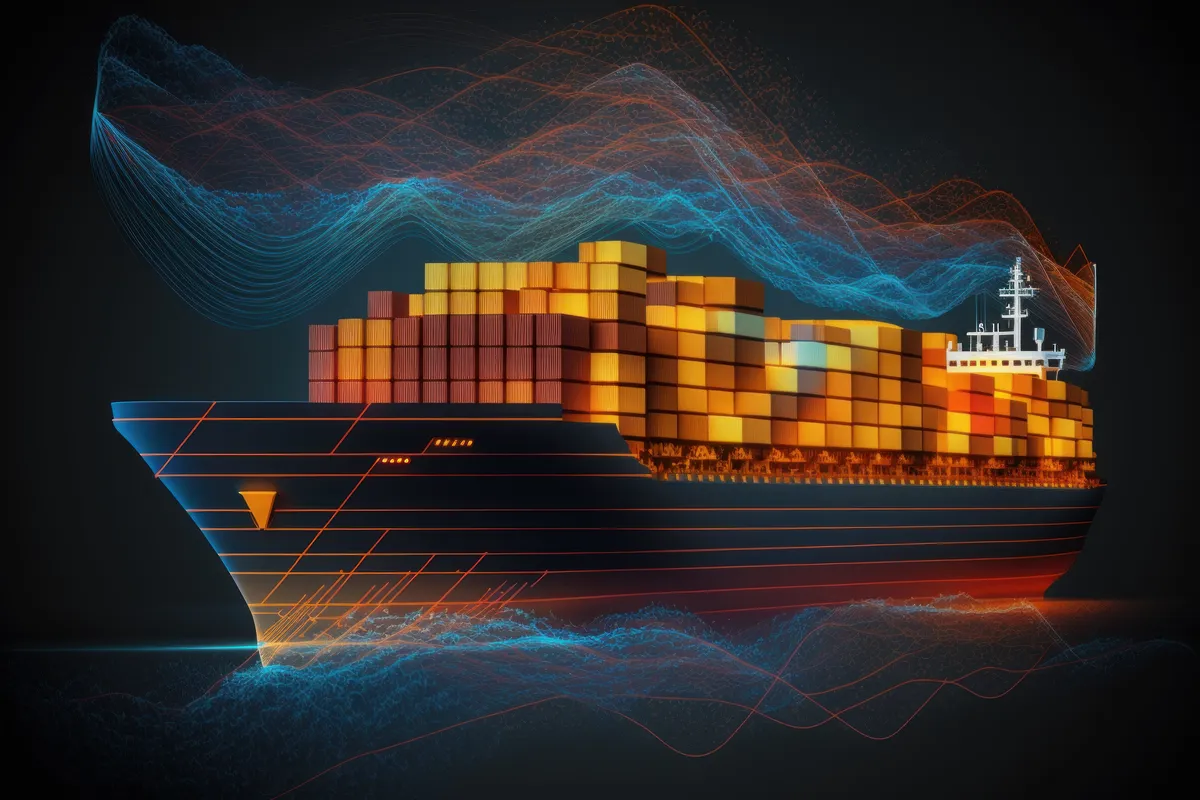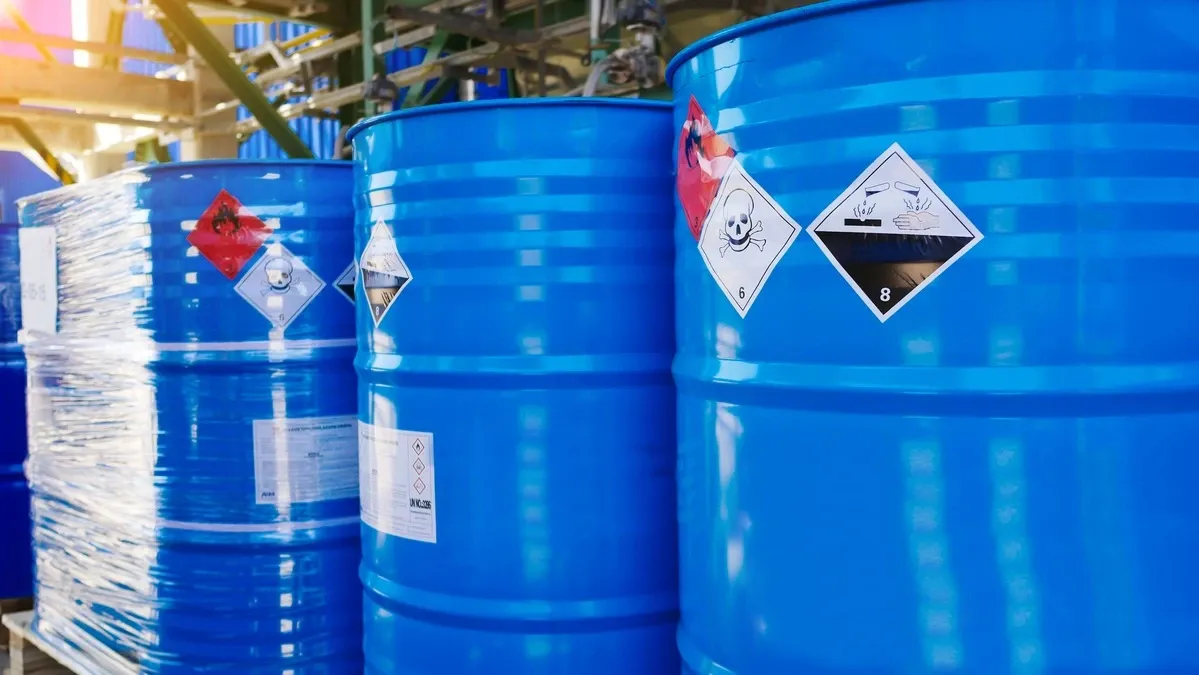The International Maritime Organization has published a document providing information on the observed "near miss" safety incident with the permanent means of access, supporting the proposals in document SDC 10/10/5.
Document SDC 10/INF.8 (Sub-Committee on Ship Design and Construction, 10th session, agenda item 10) was published on 13 November 2023. SDC 10 will be held from 22-26 January 2024.
Introduction
The regulations for the permanent means of access (PMA) have been in force for more than 15 years.
Those regulations include requirements on the provision and placement of permanent structures to allow safe access to all compartments of the ship.
Just like the ship structure itself, those access structures are susceptible to damage and corrosion.
Inspection and maintenance of those PMA structures should be considered when developing a ship's Safety Management System.
The maritime industry has long recognized that periodic surveys and inspections are the primary means for verifying that a ship's structure is maintained within acceptable standards throughout its operational life.
For surveys and inspections to be carried out effectively, suitable means of access to the ship's structure are required.
In 2002, the IMO adopted SOLAS regulation II-1/3-6 requiring that new oil tankers and bulk carriers shall be provided with a ship structure access manual and that their designs shall take into account the need for regular inspections within hull spaces by provision of installed PMA which may be supplemented by alternative means of access (AMA).
Oil tankers of 500 GT and above and bulk carriers of 20,000 GT and above constructed on or after 1 January 2006 are required to be fitted with the PMA complying with the abovementioned SOLAS regulation and supporting technical provisions.
Regarding cargo oil tanks, the PMA regulated under SOLAS regulation II-1/3-6 are understood to be those provided for accessing integral cargo oil tanks (independent cargo oil tanks may be excluded).
The regulation is also applicable to FPSOs or FSOs, if they are subject to the scope of an enhanced program of inspections (ESP) as contained in the 2011 ESP Code, as amended.
In May 2022, an IACS member's surveyor attended a 10-year-old bulk carrier in a dry dock for the progression of the renewal survey.
The attending surveyor, together with the ship's Chief Officer, entered the No 6 top side wing water ballast tank from the main deck access opening and descended onto the upper PMA platform.
Shortly thereafter, an entire section of the platform collapsed underneath the surveyor and Chief Officer (figure 1).
Fortunately, no serious injuries were sustained as both persons held on tightly to the handrails and were able to make their way safely back to the access ladder and leave the tank.

After this "near miss" safety incident, the said IACS member undertook an investigation into the PMA on a number of bulk carriers of varying ages (5, 10, and 15 years of age).
The investigation identified enough findings to cause concern. The investigation focused solely on the PMA within bulk carrier cargo holds and side-wing ballast tanks.
Figures 2 to 5 depict the various conditions observed.


Recognizing the serious wastage, corrosion, and deformation in cargo hold upper PMA platforms as shown in the above figures, IACS investigated further into the regulatory requirements of the PMA for the improvement of the maintenance and inspection.
Action requested of the Sub-Committee
The Sub-Committee is invited to note the information and to take the above into account when considering the draft amendments to sections 1.4 and 1.5 of the annex to MSC.1/Circ.1572/Rev.1, as proposed in document SDC 10/10/5.
For more information, please see the documents below (available only to subscribers):
A "near miss" safety incident with the permanent means of access
MSC.1/Circ.1572/Rev.1

Sign up for our newsletter
Your most up-to-date maritime regulations news
It's free. No spam. Cancel anytime.










Related News
Hong Kong: Collision in Suez Canal and safety measures
Jul 26, 2024
IMO revises guidelines for high manganese steel in cryogenics
Jul 26, 2024
Liberia: Increased measures following missile incident in Bab El Mandeb Strait
Jul 23, 2024